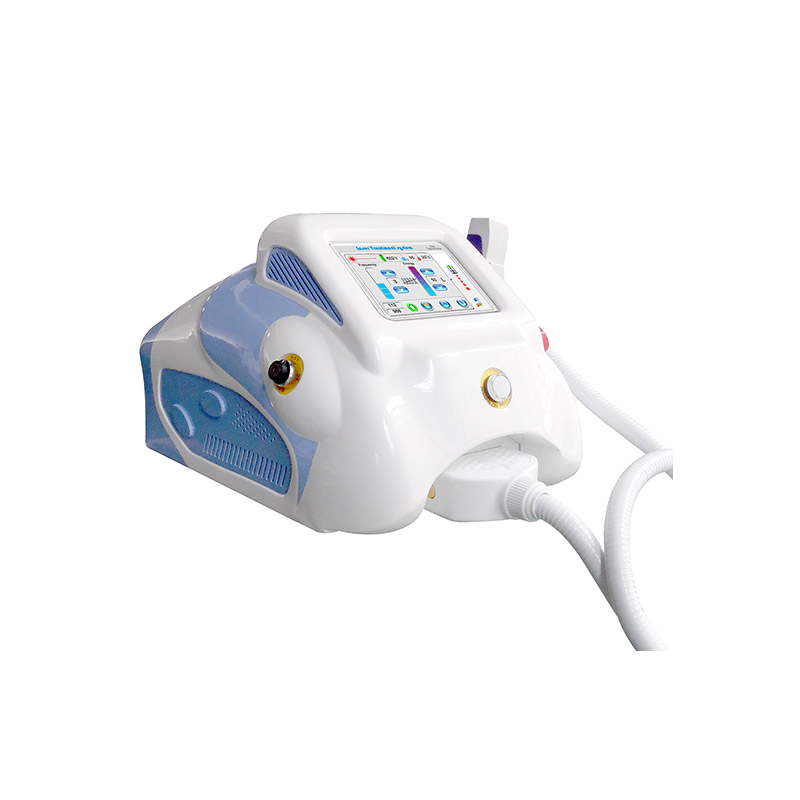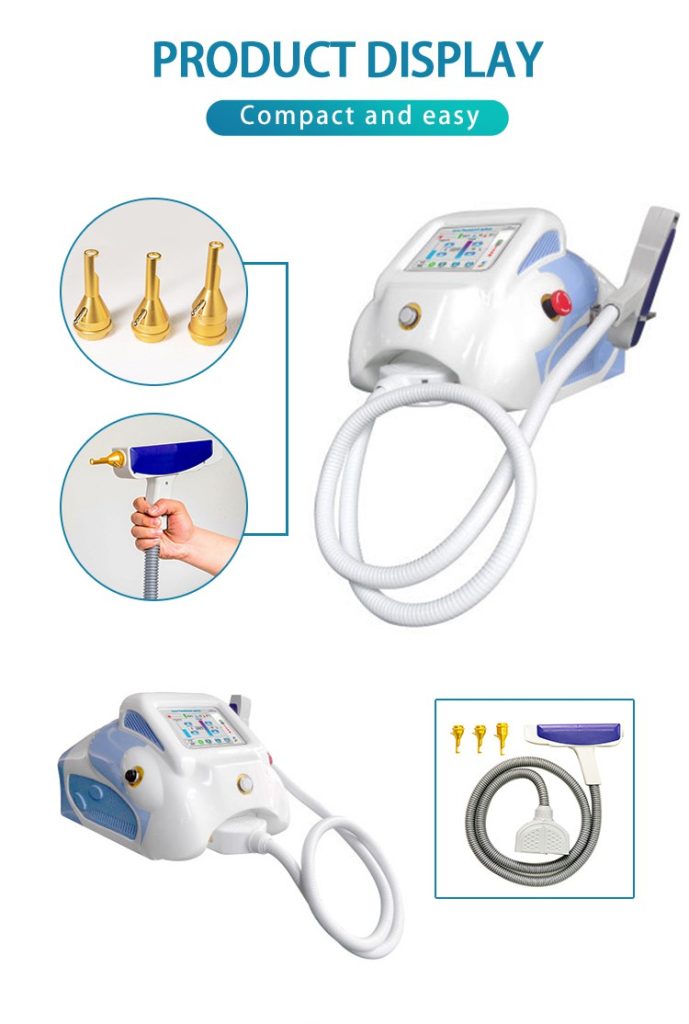HIFU Machine: The Non-Surgical Facelift Revolution for Salons
December 08, 2025Understanding the Theory and Safety of Nd Yag Tattoo Removal
September 06,2024
Laser tattoo removal has become one of the most effective methods for erasing unwanted ink, offering a solution for those looking to remove or lighten tattoos. The process, though sophisticated, revolves around a combination of scientific principles and safety protocols. This article delves into the theoretical aspects of laser tattoo removal, its effectiveness, and the safety considerations involved.
The Science Behind Laser Tattoo Removal
Laser tattoo removal operates on the principle of selective photothermolysis. This scientific term essentially describes how lasers target specific pigments in the skin without affecting the surrounding tissues. Here’s a deeper look into how it works:
- Laser Mechanism: Lasers emit light of specific wavelengths that are absorbed by the tattoo ink pigments. The energy from the laser is absorbed by the ink particles, which convert it into heat. This heat breaks the ink particles into smaller fragments.
- Ink Fragmentation: Tattoo inks are typically composed of particles that are too large for the body’s immune system to process and remove naturally. The laser breaks these large particles into smaller ones, which are more easily removed by the body’s immune system.
- Immune Response: Once the ink particles are fragmented, they are taken up by macrophages—cells of the immune system. These cells then transport the smaller ink particles to the lymphatic system, which gradually expels them from the body. This process leads to the gradual fading of the tattoo.
- Healing and Skin Recovery: After each laser session, the skin begins to heal, and the body continues to remove the ink fragments. Multiple sessions may be required to achieve complete removal, depending on the tattoo’s size, color, and depth.

Types of Lasers Used in Tattoo Removal
Different lasers are used for tattoo removal, each with specific wavelengths and characteristics. The primary types include:
- Q-Switched Lasers: These are the most commonly used lasers for tattoo removal. They emit short, high-energy pulses that effectively break down the ink particles. Q-switched lasers come in different wavelengths, such as:
- Q-Switched NdLaser (1064 nm): Effective for dark inks like black and blue.
- Q-Switched Ruby Laser (694 nm): Effective for red and dark colors.
- Q-Switched Alexandrite Laser (755 nm): Effective for green and blue inks.
- Picosecond Lasers: These newer lasers offer even shorter pulse durations compared to Q-switched lasers. They are effective at breaking down ink particles more thoroughly and may require fewer sessions for complete removal.
- Fractional Lasers: These lasers create tiny micro-injuries in the skin, which can help in the removal of tattoos by stimulating the body’s natural healing processes.
Effectiveness of Laser Tattoo Removal
The effectiveness of laser tattoo removal can vary based on several factors:
- Tattoo Characteristics: The age, size, color, and depth of the tattoo play significant roles. Older tattoos and those with dark colors typically respond better to laser removal. Newer tattoos or those with colors not effectively targeted by the chosen laser may be more challenging to remove.
- Skin Type: Different skin types absorb laser energy differently. Individuals with lighter skin often see better results compared to those with darker skin. However, advancements in laser technology have improved the effectiveness of treatment across various skin tones.
- Number of Sessions: Complete removal usually requires multiple sessions. The exact number depends on the tattoo’s characteristics and how well the skin responds to the treatment. Sessions are typically spaced several weeks apart to allow for adequate healing and immune response.
Safety Considerations
Laser tattoo removal is generally safe, but like any medical procedure, it carries potential risks. Here are key safety considerations:
- Pain and Discomfort: Patients may experience pain during the procedure, described as a sensation similar to a rubber band snapping against the skin. Anesthesia or numbing creams can help manage this discomfort.
- Skin Reactions: Common side effects include redness, swelling, and temporary pigmentation changes. These reactions are usually mild and subside within a few days to weeks.
- Blistering and Scarring: Although rare, some patients may develop blisters or scars. Proper technique and adherence to aftercare instructions can minimize these risks.
- Infection: As with any procedure that affects the skin, there is a slight risk of infection. Keeping the treated area clean and following aftercare guidelines can reduce this risk.
- Sun Exposure: It is crucial to avoid sun exposure before and after laser treatment. Sun exposure can lead to hyperpigmentation or other skin issues, which can hinder the healing process and affect the results.
- Qualified Practitioners: Ensuring that the procedure is performed by a trained and experienced professional is essential. A qualified practitioner will select the appropriate laser settings based on individual needs and minimize risks associated with the procedure.

Post-Treatment Care
Effective aftercare is crucial for optimal results and to minimize risks. Key aftercare guidelines include:
- Cooling the Area: Applying ice packs can help reduce swelling and discomfort after the procedure.
- Keeping the Area Clean: Gently clean the treated area with mild soap and water, and avoid picking at any scabs that may form.
- Applying Ointments: Use prescribed ointments or lotions to promote healing and prevent infection.
- Avoiding Sun Exposure: Protect the treated area from the sun by wearing sunscreen or covering it with clothing.
- Following Up: Attend follow-up appointments as recommended to monitor progress and discuss any concerns.
Conclusion
Laser tattoo removal is a sophisticated process grounded in scientific principles of selective photothermolysis and immune response. The Ndand other lasers effectively target and break down tattoo ink, allowing the body to naturally remove it over time. While generally safe, the procedure requires careful attention to safety and aftercare to achieve the best results. By understanding the theory behind the process and adhering to safety guidelines, individuals can make informed decisions about tattoo removal and navigate their journey towards clear skin effectively.